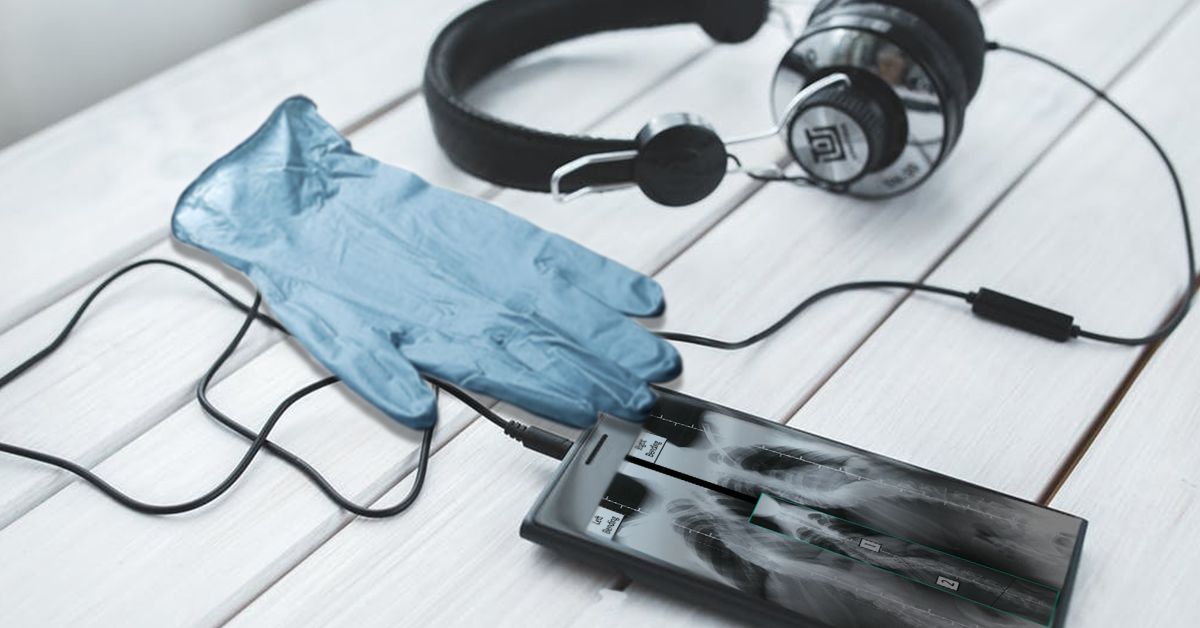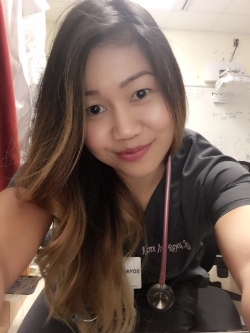How Medical Students Learn

There’s no doubt that the field of medical education is changing. The once ‘professor-focused’ approach has shifted to ‘student-centered’ learning, now defined by fewer lectures and more interactive classrooms, and the replacement of textbooks with online Qbanks. It’s focused more on individual learning styles and less on a one-size-fits-all approach to medical training. With an emphasis on auditory, kinesthetic and visual learning styles, medical students can prepare to learn and recall information at their own pace.
A big proponent of auditory, kinesthetic and visual learning, Dr. Karen Rayos, social media volunteer at Inside the Boards and graduate of the University of Santo Tomas Faculty of Medicine and Surgery in the Philippines, shares her motivation for medical education and individualized learning styles with us.
Implement auditory learning in your down time
Auditory learning is a skill that medical students will have to hone while in training, as it is lacking during board preparation. Multiple choice medical exams don’t properly assess the physical examination aptitude necessary for learning, say, how to listen to lung sounds or heart beats, which are critical skills during clinical rotations and beyond.
What attracted Karen to Inside the Board audio Qbanks and podcasts was the fact that “the product focuses primarily on auditory learning and is specifically helpful and effective during downtime or while doing kinesthetic activities, such as working out or driving. A medical student cannot possibly be studying 24/7, and some strive to have a life outside of medicine. Listening to study materials or auditory Qbanks is a great alternative to ‘hard-core’ studying while still stimulating the mind.”
Incorporate different learning styles into your study regime
In Karen’s experience, implementing and utilizing auditory, kinesthetic and visual learning styles is the best way to learn medicine, especially since medical students must remember the information, not only for exams, but for real world scenarios. “In classrooms, learning is primarily focused on visual and auditory learning styles. During rotations, kinesthetic learning is more prevalent. Maneuvering through the wards, talking with patients and classmates on the move, finding surgical and medical instruments,” and thinking on the fly are skills that must be developed over time.
I love the interactive features in AMBOSS and the engaging auditory learning of Inside the Boards. These types of resources make studying more enjoyable.
For Karen, “medicine is dynamic and multifaceted—there isn’t a single learning style that suits everyone. I think the more learning styles one utilizes, the better their knowledge will develop and become ingrained in their mind. For these reasons, I love the interactive features in AMBOSS and the engaging auditory learning of Inside the Boards. These types of resources make studying more enjoyable.”
Imagine yourself on the wards needing readily available medical information on-the-go. Studying with AMBOSS fulfills these point-of-care needs during clinical rotations and beyond and reinforces the kinesthetic experience, made possible by offline access to the Qbank and Knowledge apps.

Dr. Karen Rayos completed her medical education in the Philippines and her Family Medicine residency in Hawaii. In 2018, she approached Inside the Boards co-founder, Patrick Beeman to volunteer her time. Since joining the team, she has created an engaged Instagram community, implemented successful giveaway campaigns, and increased Inside the Board’s following across all social channels.
Find out more about studying with Inside the Boards here.
